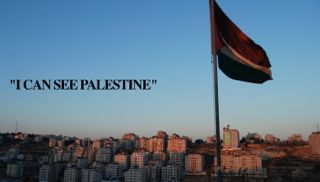Nablus is the West Bank’s second largest governorate with a population of 327,000. In the past five years,it has been one of the most severely hit by the conflict,experiencing the highest number of casualties, the most severe physical damage and intense restrictions on movement.
The Israel Defence Forces (IDF) states security concerns as the main factor behind its restrictions on Nablus city and that Nablus has been a center for attacks on Israeli citizens. In September 2000, Israel tightened its security considerably. As Nablus moves into its fifth consecutive year of life under conflict,the question is whether this once industrial and entrepreneurial hub can recover.
During 2005 there have been fewer military incursions and curfews and a significant reduction in the number of casualties. While all six checkpoints remain in place around Nablus city, closure obstacles along the Al Badhan Road have been lifted creating some freedom of movement in and out of the city. Some of the roadblocks that prevented neighboring villages from entering Nablus have also been removed. These changes have lifted the overall level of optimism amongst residents of Nablus.
But as this study concludes these changes are insufficient to stimulate recovery in Nablus.The bulk of the movement restrictions - aggravated by the presence of 14 Israeli settlements and 26 outposts around Nablus city - remain and in some cases are tightening. A system of permits and restricted roads continues to limit the movement of people and goods. The West Bank Barrier has made access to Israeli markets for Nablus goods more difficult.
To download the full report please click below:
| Attachment | Size |
|---|---|
| NblsRprt05.pdf | 2.64 MB |
UN Office for the Coordination of Humanitarian Affairs – Occupied Palestinian Territory - December 23, 2005 - Back to Resources Page
Did we miss something?
Click here to suggest a state building resource to be added to our fast-growing archive!
















